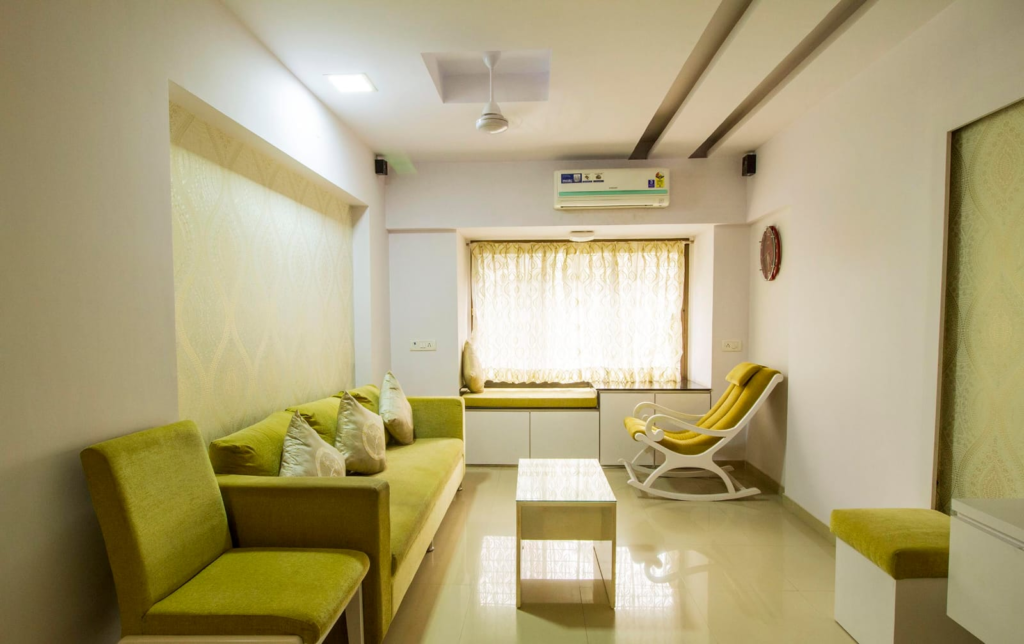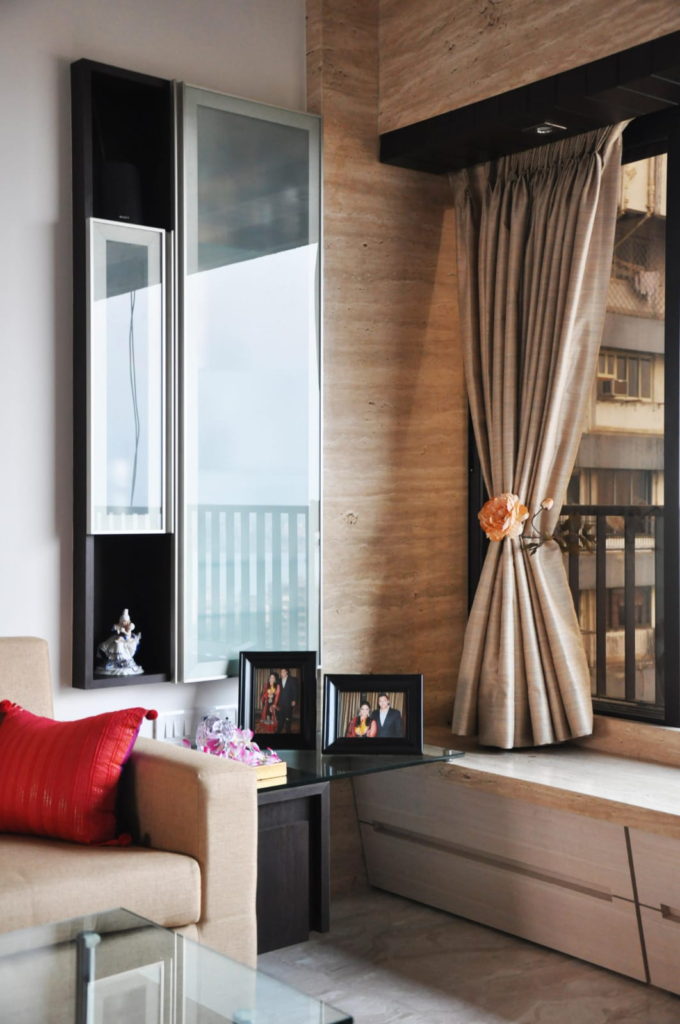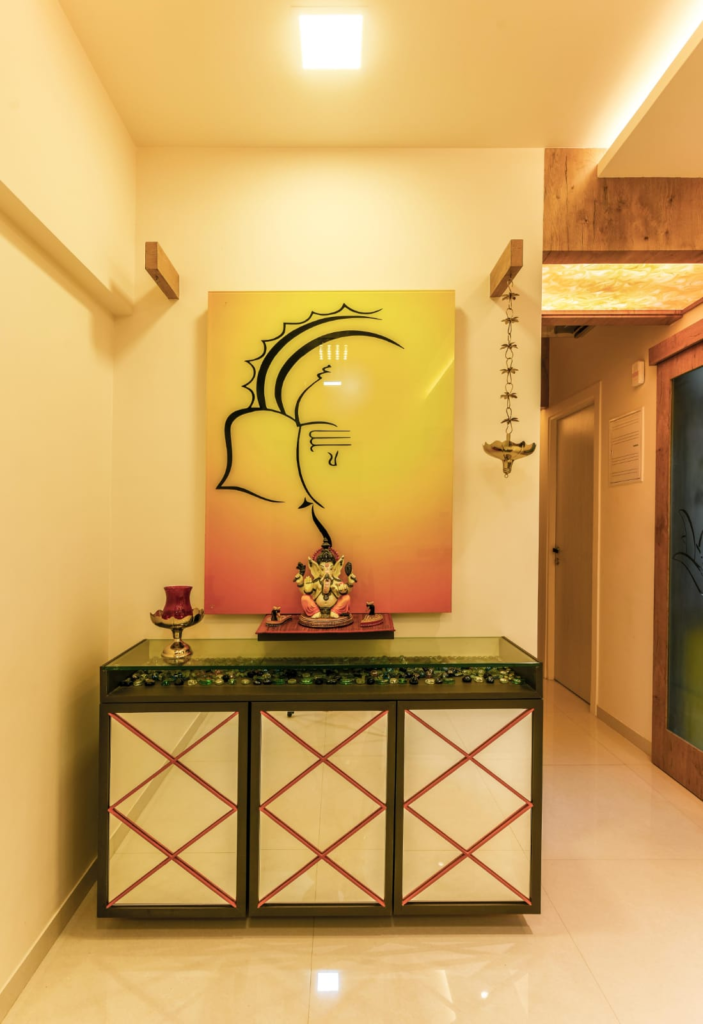The busy lives that we spend today require us to live indoors 90% of the time. In fact, the majority of
our time is spent at work, and our environment has a tremendous impact on our mood, productivity
and well-being. There’s no denying the fact that interior designers bend over backwards to decide
which materials and products can be used and the way in which people can interact with their
surrounding spaces. Hence, clients are now on the lookout for interior designers that can
incorporate empathetic and well-being principles in their interiors.
What is empathetic design?
Empathetic design is all about identifying the needs and behaviours of a user that are latent or
unarticulated. It does not focus on the facts of a user like age or location. It rather concentrates on
an individual’s feelings with respect to a product, or his/her motivations in distinct situations. All in
all, it designs spaces that look good as well as feel good.
How to incorporate empathy in interior design?
Design researcher Froukje Sleeswijk Visser has rounded up 4 essential steps for incorporating
empathy in the design process. Let’s take a quick look at each one of those:
- Discovery- Here, the designer is meant to enter client’s world and make contact. The
objective is to understand where the users are coming from, the challenges they face and
the feelings associated with those challenges and to try to figure out a solution for them. - Immersion- This is when we uncover the clients’ needs and directly experience their lives,
contexts, activities, emotional responses, body language and environments in order to
understand them and their circumstances better. This step is where the true fieldwork takes
place: visiting the places where clients live to conduct research and create the foundation of
connection. - Connection- It’s essential to understand that creating empathy goes beyond listening to
clients or imitating their lives. It’s more about looking at the world through their lens of
values, history, religion and culture. This step requires you to be curious, to resonate with
your clients’ situation, step into their shoes and identify with their feelings in and out. - Detachment- The final step needs you to reflect on the work you’ve done so far as a
designer, the experience and lesson that you’ve derived from it and the ideas that
resultantly rekindled within us.
In a nutshell, empathetic designs help us ensure that every space supports and enhances human
behaviour because at the end of the day, interior design isn’t solely about what’s trendy – it’s more
about designing an experience. The world at large deserves access to good design, and empathy is
the starting point. Solids and Voids focusses on creating environments that support mental, physical
and emotional wellbeing of the inhabitants.

Your home is a place you go to escape the stresses of work or everyday life, it must evoke a sense of calm and help you recharge and create balance. Using muted tones and restful hues can create a tranquil space and can create an inviting ambiance for the occupants.

The line between indoors and outdoors becomes blurred with windows that open up a relaxing corner to unwind after a long day at work.

Spiritual spaces can help foster a sense of peace and tranquility, and how you decorate a space can have a huge impact on how you feel while you’re in it. A balanced space with a soul-soothing aesthetic can instantly make the inhabitant feel relaxed.




